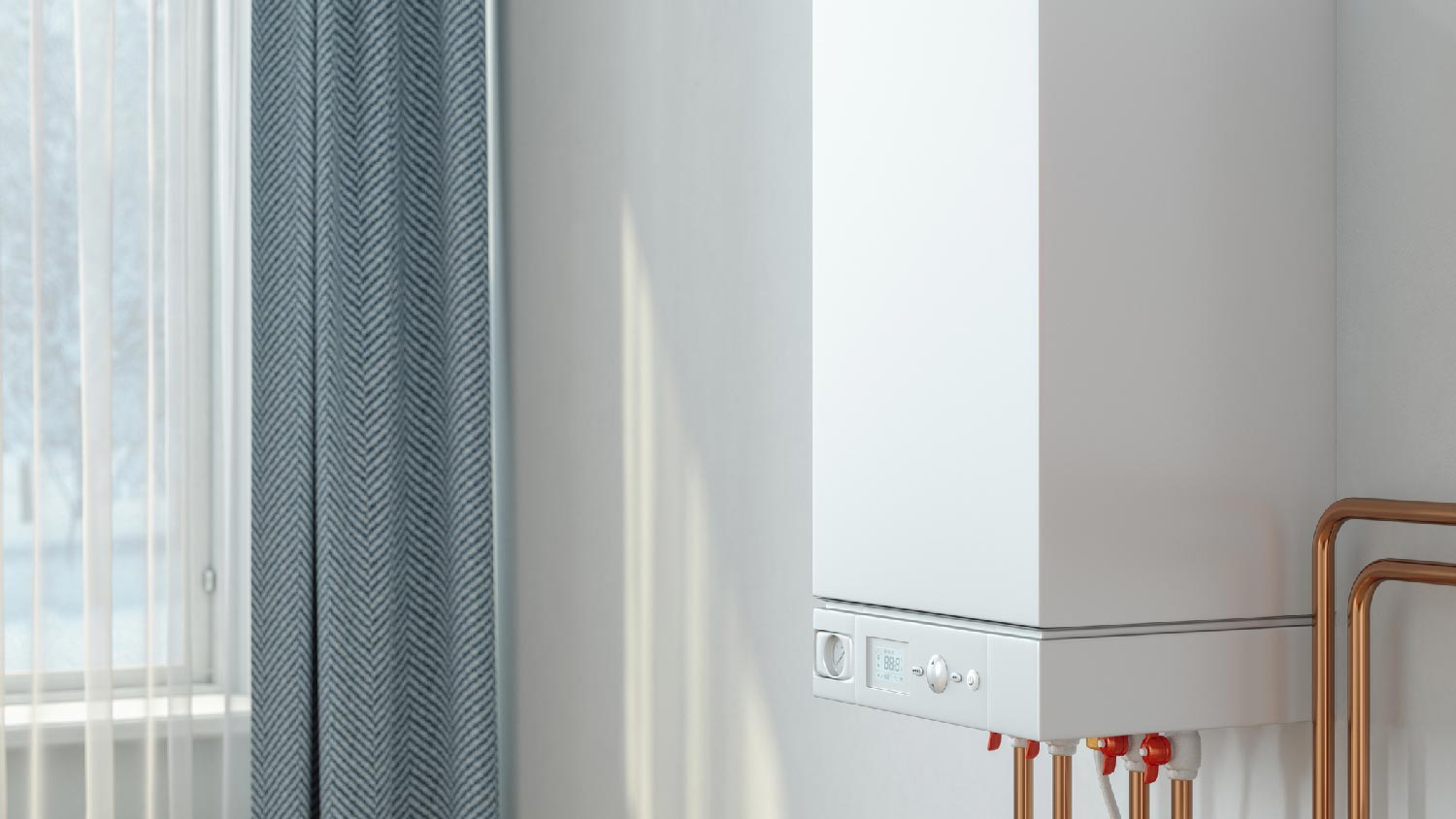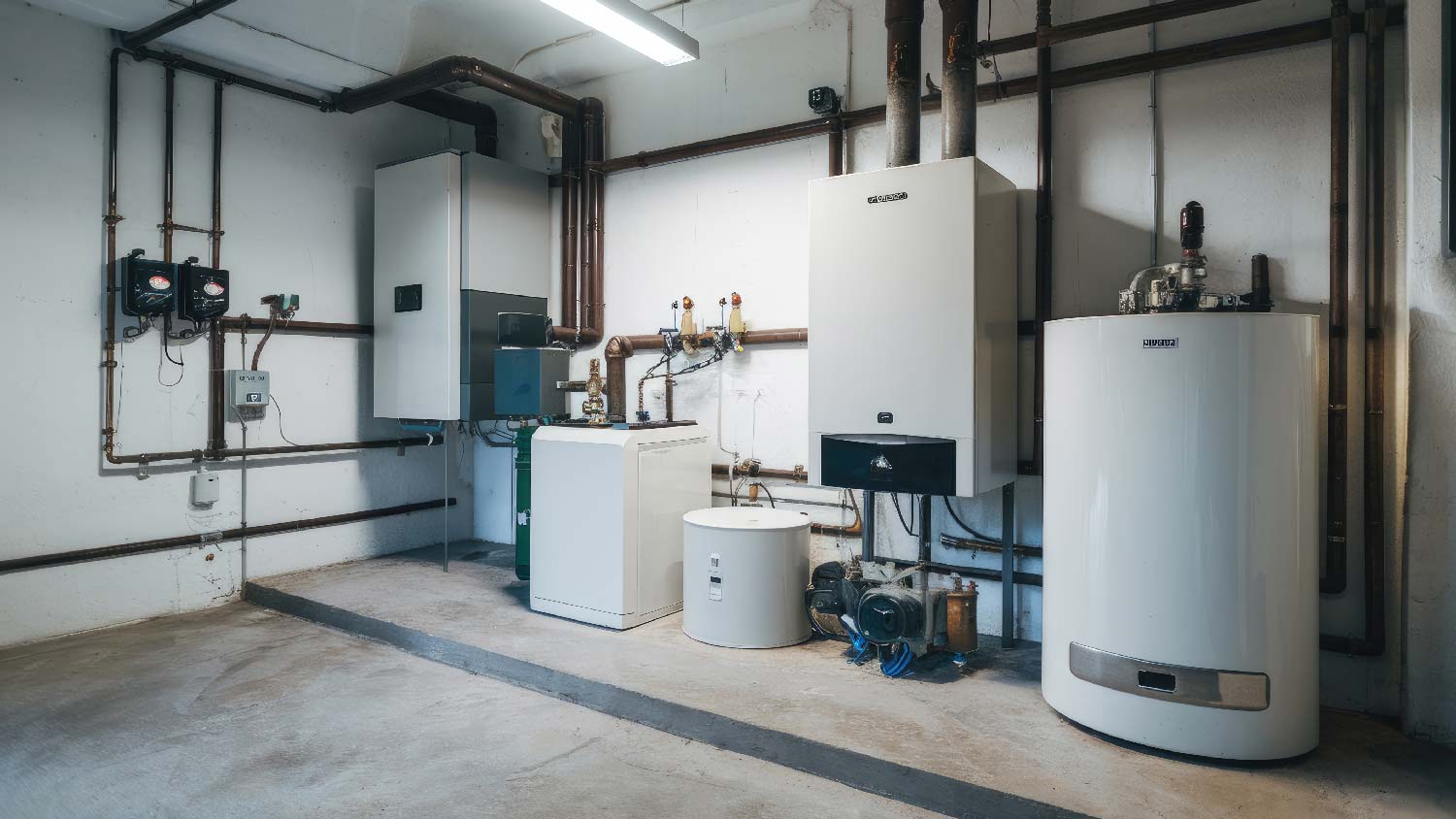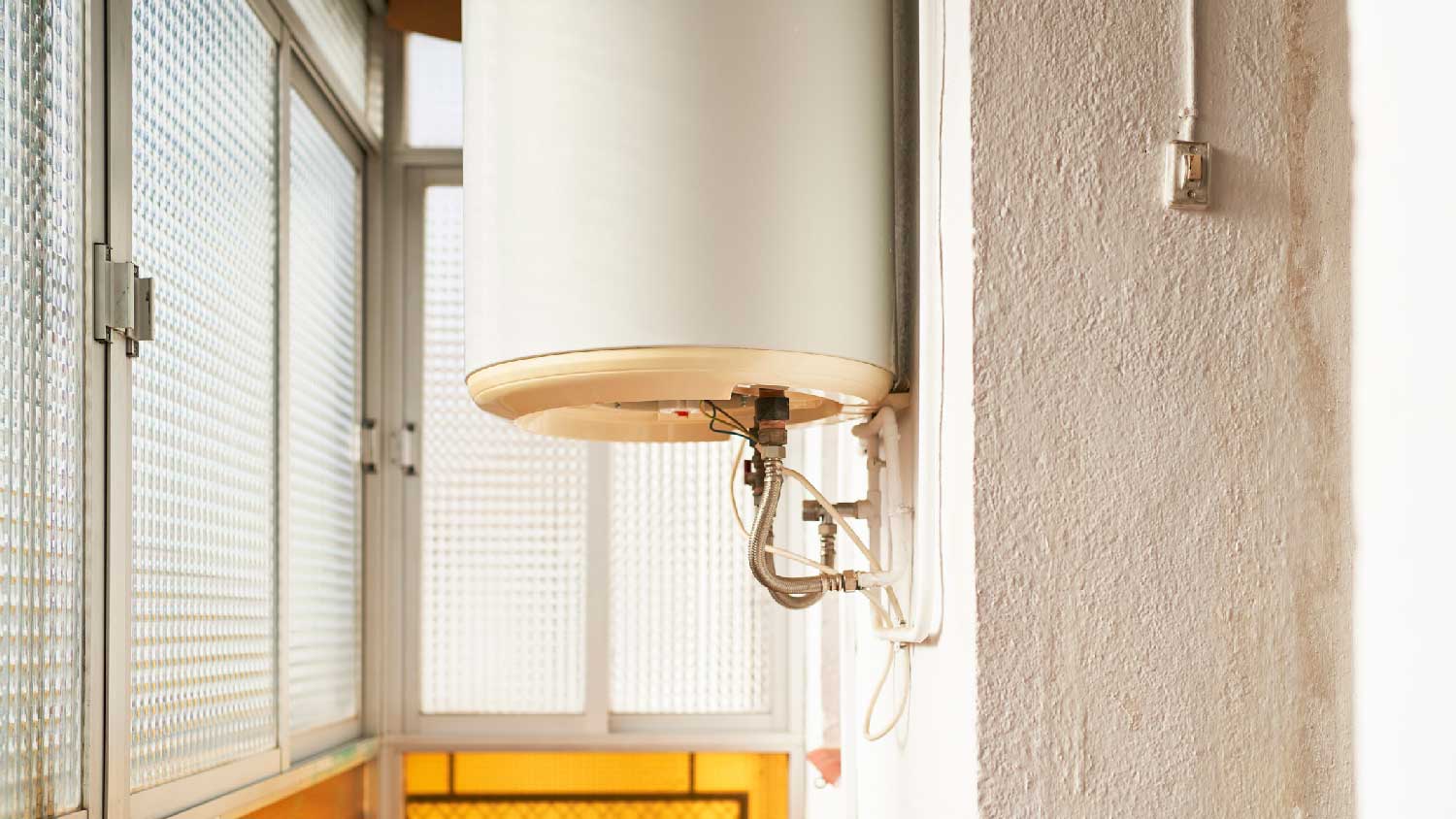Do Electric Water Heaters Need to Be Vented?
Skip the vent for an easy installation
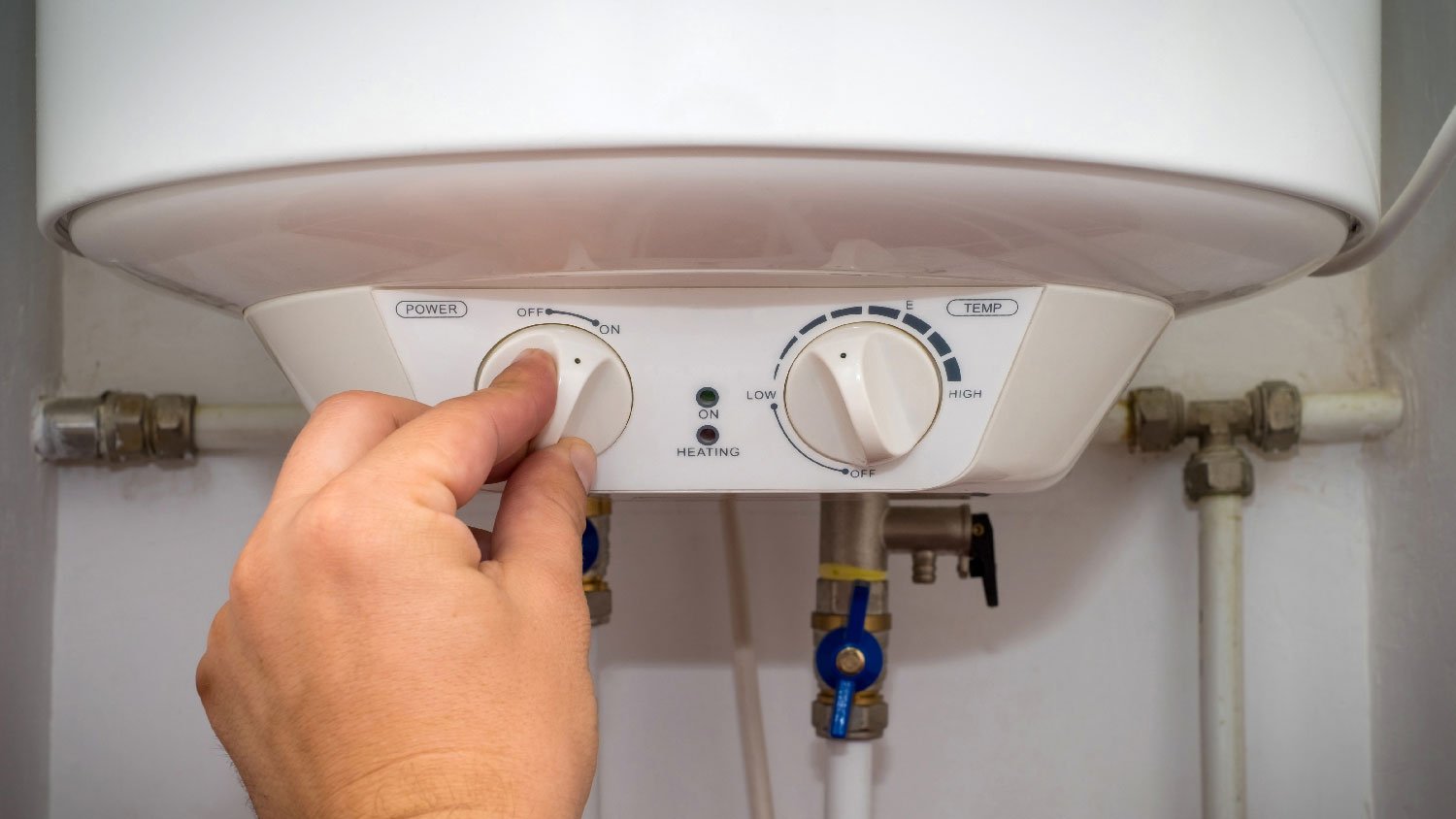

Electric water heaters do not need a venting system.
They do not use combustible fuel, negating the need for venting.
If you have an old, unused vent from a gas water heater, cap it.
When you’re deciding whether to install a gas versus electric water heater, venting is a key consideration. So, do electric water heaters need to be vented? The good news is that they do not need venting, which can simplify their installation. Learn more about water heater venting requirements when installing a new unit.
Why Electric Water Heaters Do Not Need Venting
Water heater installation code requirements do not require venting for an all-electric appliance, whether it’s a traditional model with a tank or a tankless electric water heater.
Gas water heaters need vent pipes to remove dangerous exhaust gases generated during the combustion process (primarily carbon monoxide). Electric models do not generate carbon monoxide, which is a poisonous gas.
"To prevent carbon monoxide exposure from a water heater, make sure it is properly ventilated. You should also have it inspected and cleaned every year and install a carbon monoxide detector nearby. If you smell gas—which can mimic the scent of rotten eggs—evacuate immediately and call your gas company."
What Extra Installation Steps Do Electric Water Heaters Need?
Although not needing a vent simplifies the installation of an electric model compared to a gas model, installing electric water heaters sometimes requires a few extra steps that can be challenging.
New breaker: Typically, an electric water heater requires a 30-amp, double-pole breaker. If your electrical panel doesn’t have an open breaker like this, you’ll need to install one.
Dedicated circuit: Most electric water heaters need a dedicated circuit that can support 240 volts.
Grounding: It’s essential to properly ground the wiring on the water heater because you’re using a 240-volt circuit. The circuit’s ground wire can connect to a ground lead or ground screw on the water heater appliance.
Wiring skills: Most electric water heaters must be hardwired in place rather than plugged into an electrical outlet. This can be challenging for homeowners to do properly.
Tankless water heaters: You may need to add a large breaker to your electrical panel for a new electric tankless water heater. These appliances can require a 120-amp breaker, which is not a common breaker size.
Types of Water Heaters That Require Venting
Natural gas, propane, and oil-fired water heaters do need venting. They all use a combustion process to burn fuel that heats the water. When you have a tank or tankless model that uses gas or propane, you need venting.
To install a venting system, you must place the vent pipe through a wall or roof, allowing it to expel the exhaust gases outdoors. Installing a vent pipe can involve cutting through walls, floors, and roofing materials. Local gas water heater installers can install the venting system for you.
What to Do With an Existing Vent From an Old Gas Water Heater
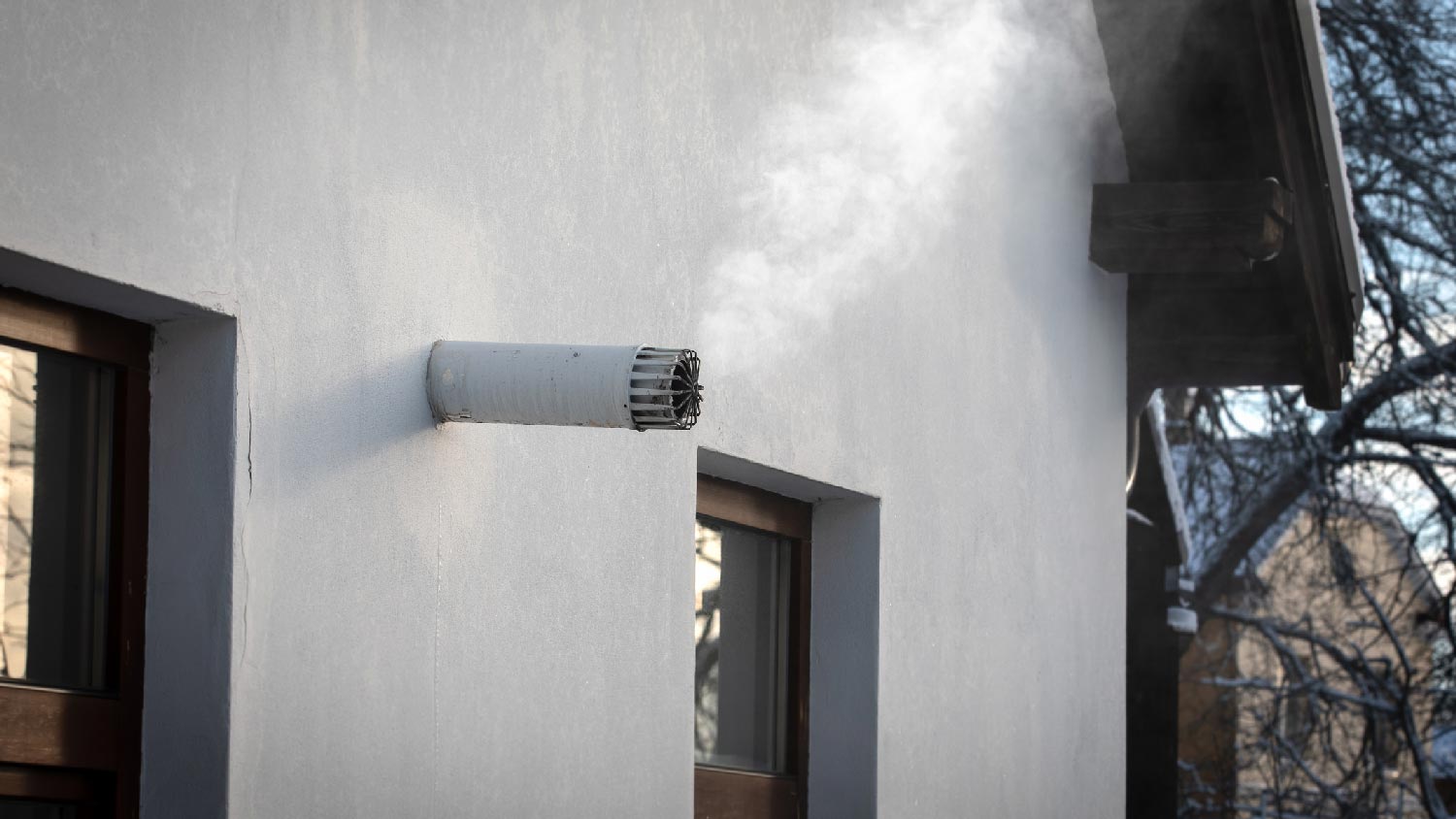
If you’re switching from a gas water heater to an electric model, you may wonder what to do if you have a vent from an old gas appliance in place. If you find yourself in this situation, you should cap, seal, or remove the old vent, or it could fall into disrepair and allow moisture or rodents to enter your home.
If you want help capping the vent, you can hire someone who fixes water heaters—like a local water heater repair professional.
Frequently Asked Questions
Electric water heaters do not need an attached vent, but the location of the water heater should allow for roughly 12 inches of clearance around it. This allows cool air to flow around the appliance and allows repair technicians to work on its components safely. The exact amount of clearance space required depends on your local building codes.
No state requires you to vent an electric water heater. Other installation requirements for water heaters will vary, though, depending on the state and local jurisdiction in which you live. Some places require permits, while others don’t. Some may force you to place the appliance a certain distance from any walls or other appliances, while others don't. When you find a local professional to install a water heater, this expert will ensure you follow all the local regulations.
If you have a tank-type electric water heater, it runs regularly to keep the water at the desired temperature. If you live in a home where you don’t use much hot water, it could seem wasteful to run power to heat water that you’re using infrequently. You could save some power by using a smaller tank, insulating the tank, or lowering the temperature of the water heater.
Venting a gas water heater out of the roof is preferable in most cases. Heated exhaust gases naturally rise, so a vertical vent pipe is efficient. If you’re trying to vent through a pipe exiting a wall, the angle of the pipe may be more horizontal than vertical, making the venting system less effective. If you go through a wall, you may need to add a fan to ensure a successful expulsion of the gases outdoors.

